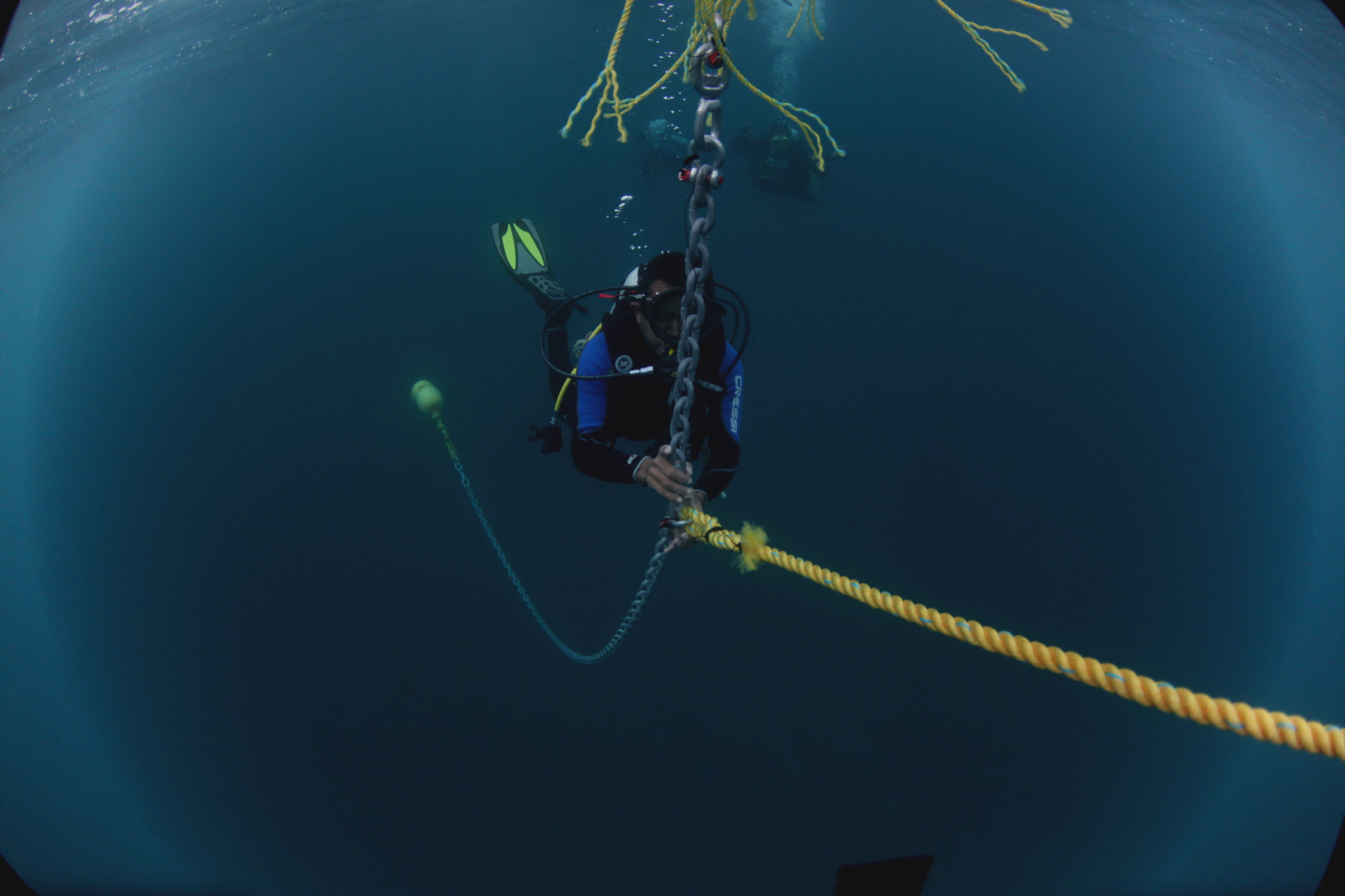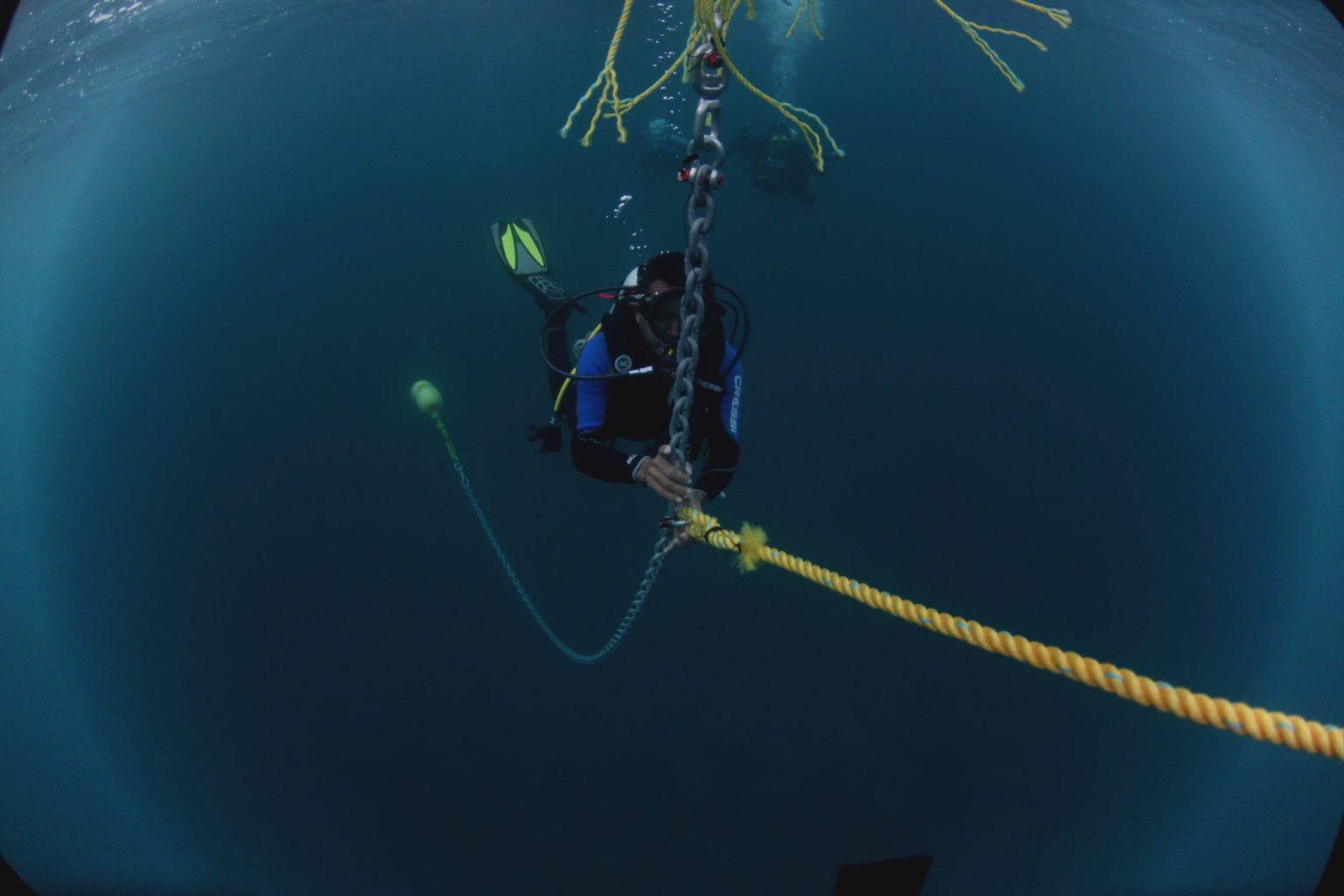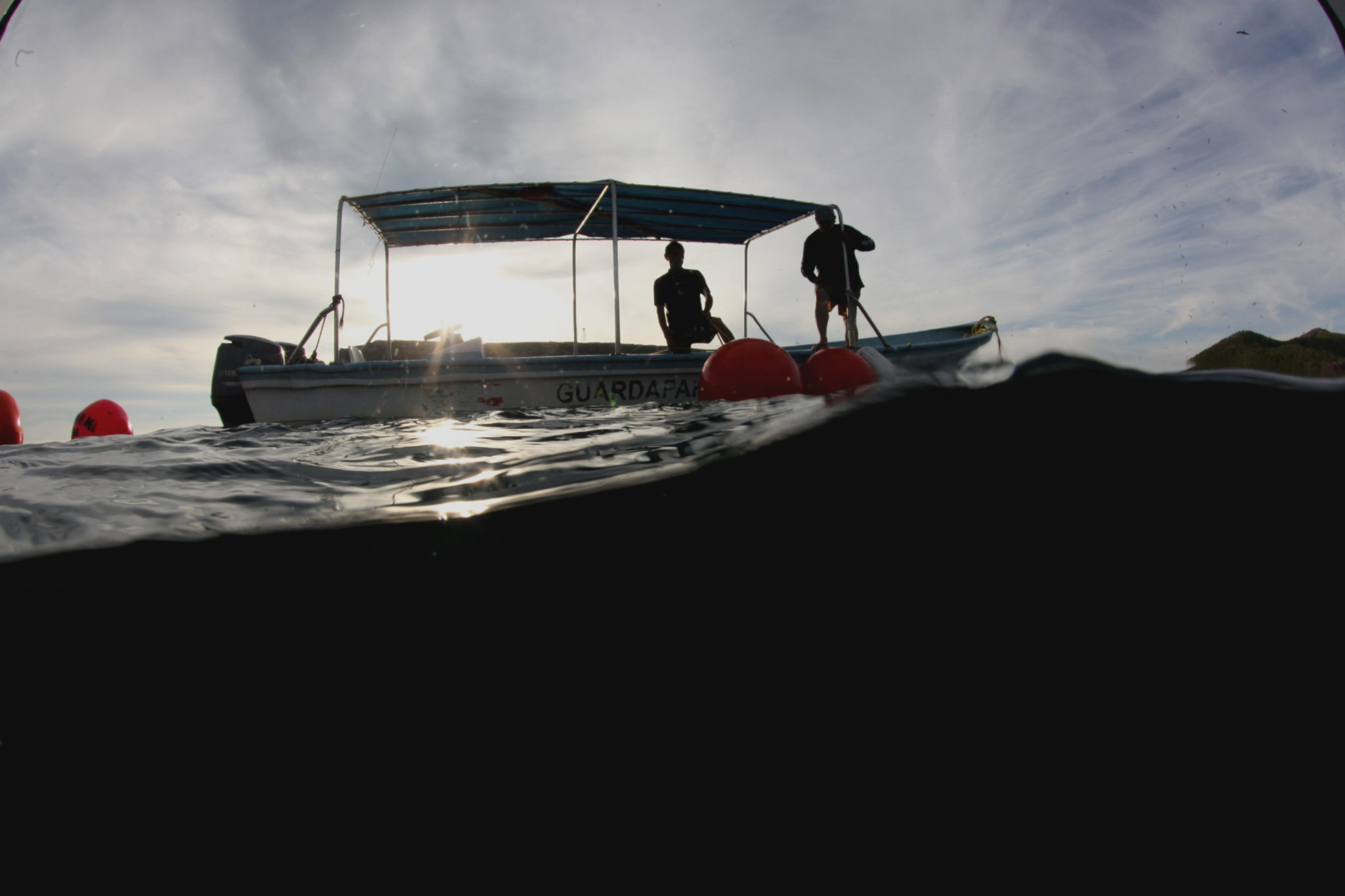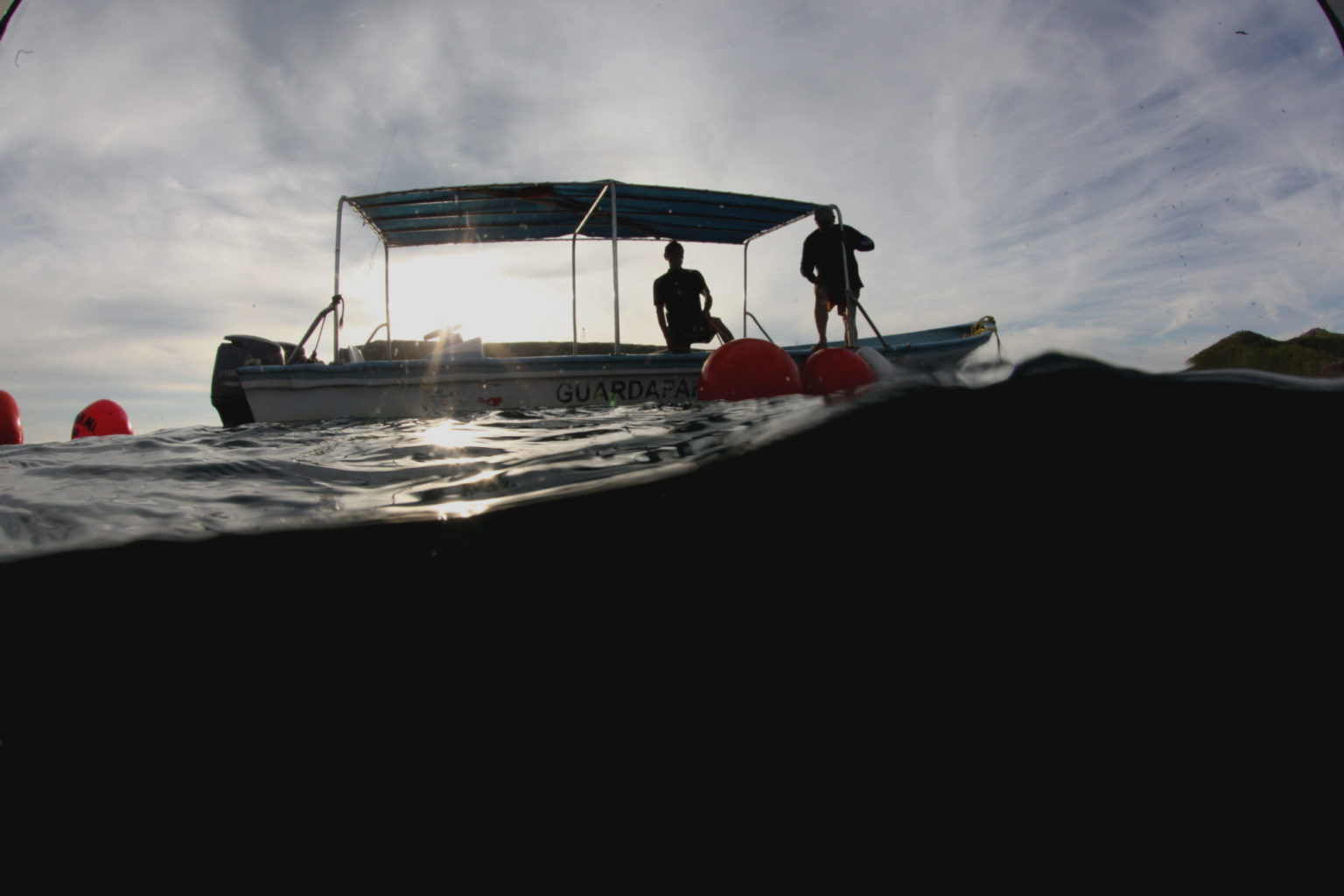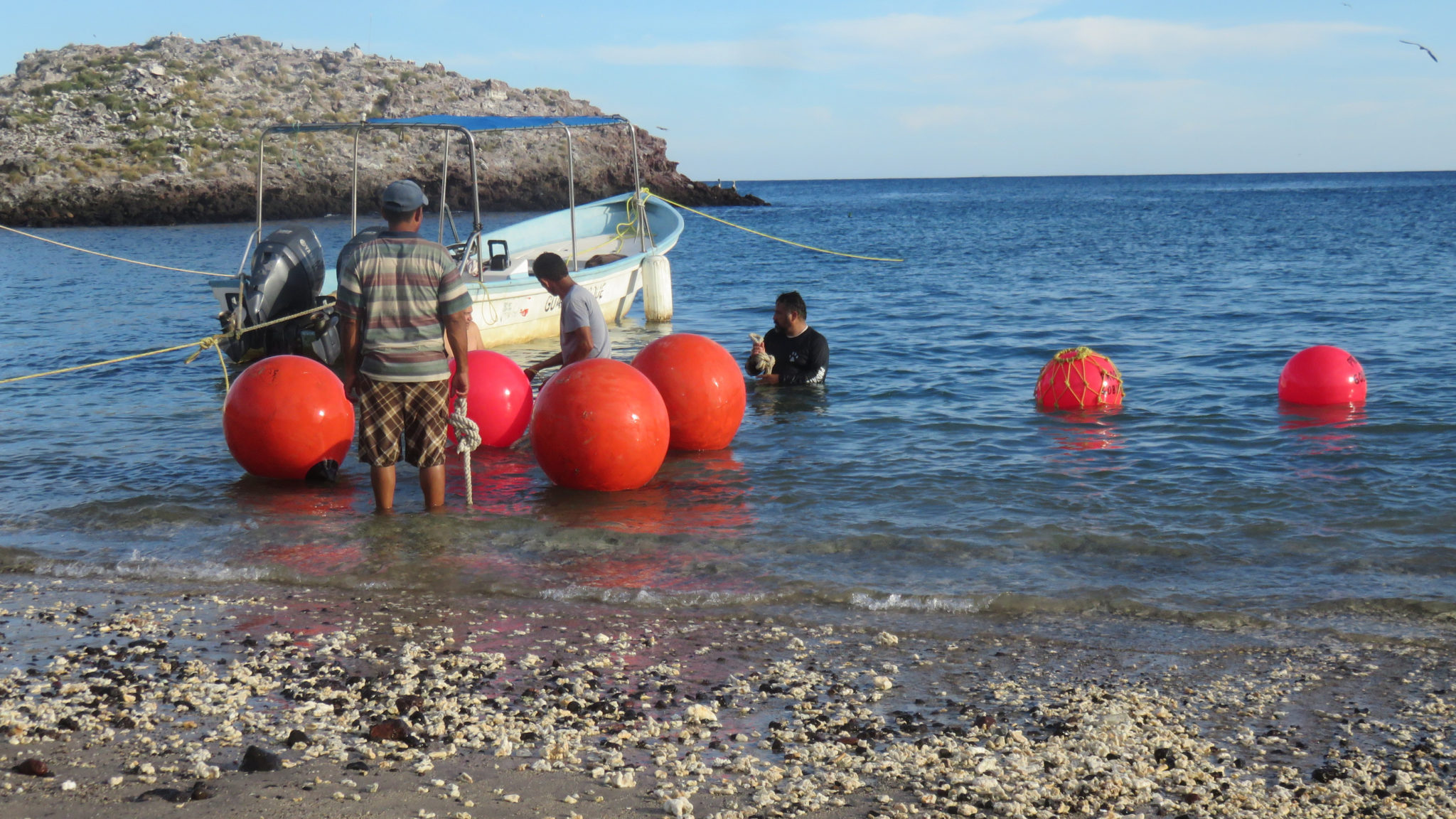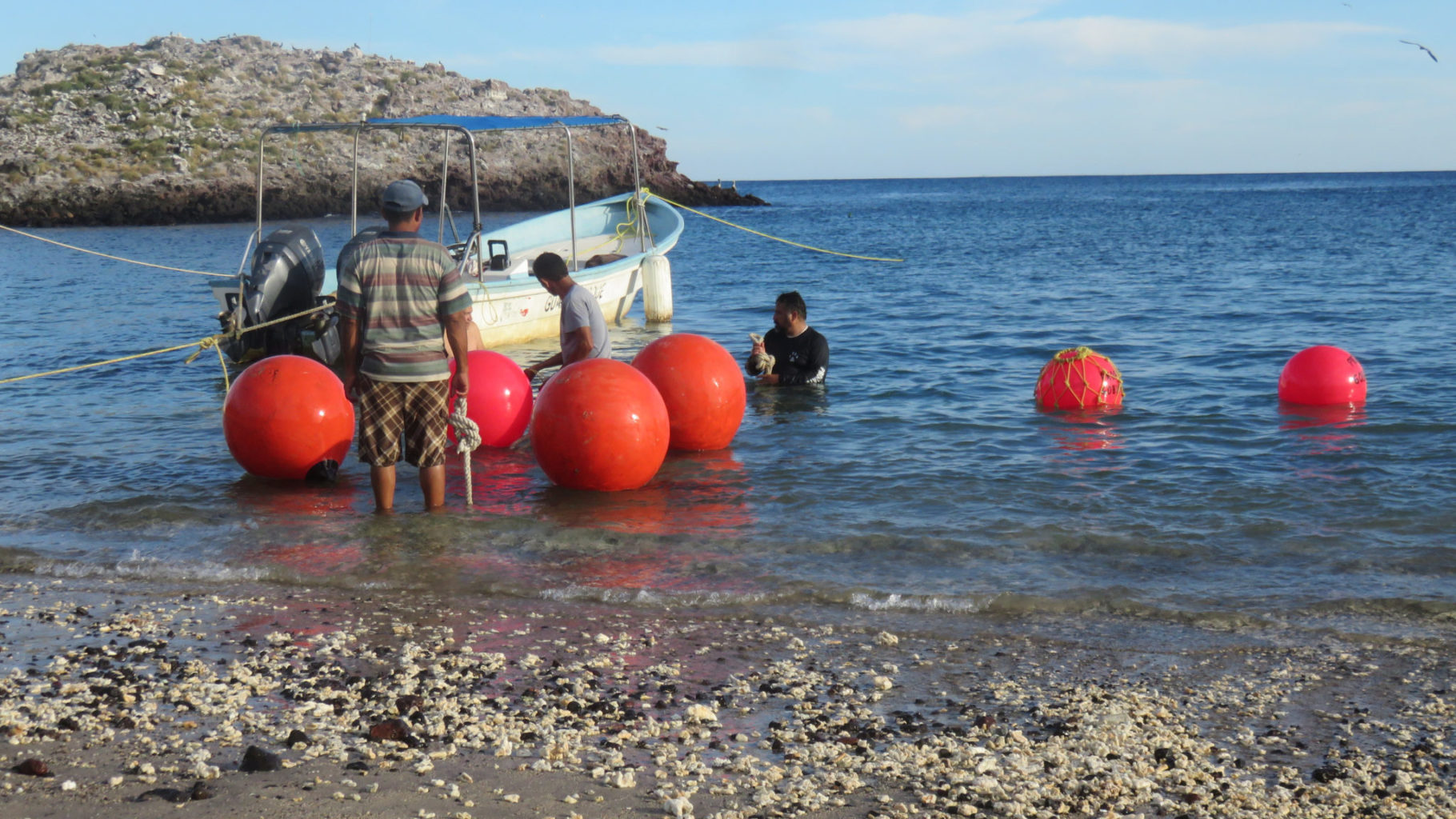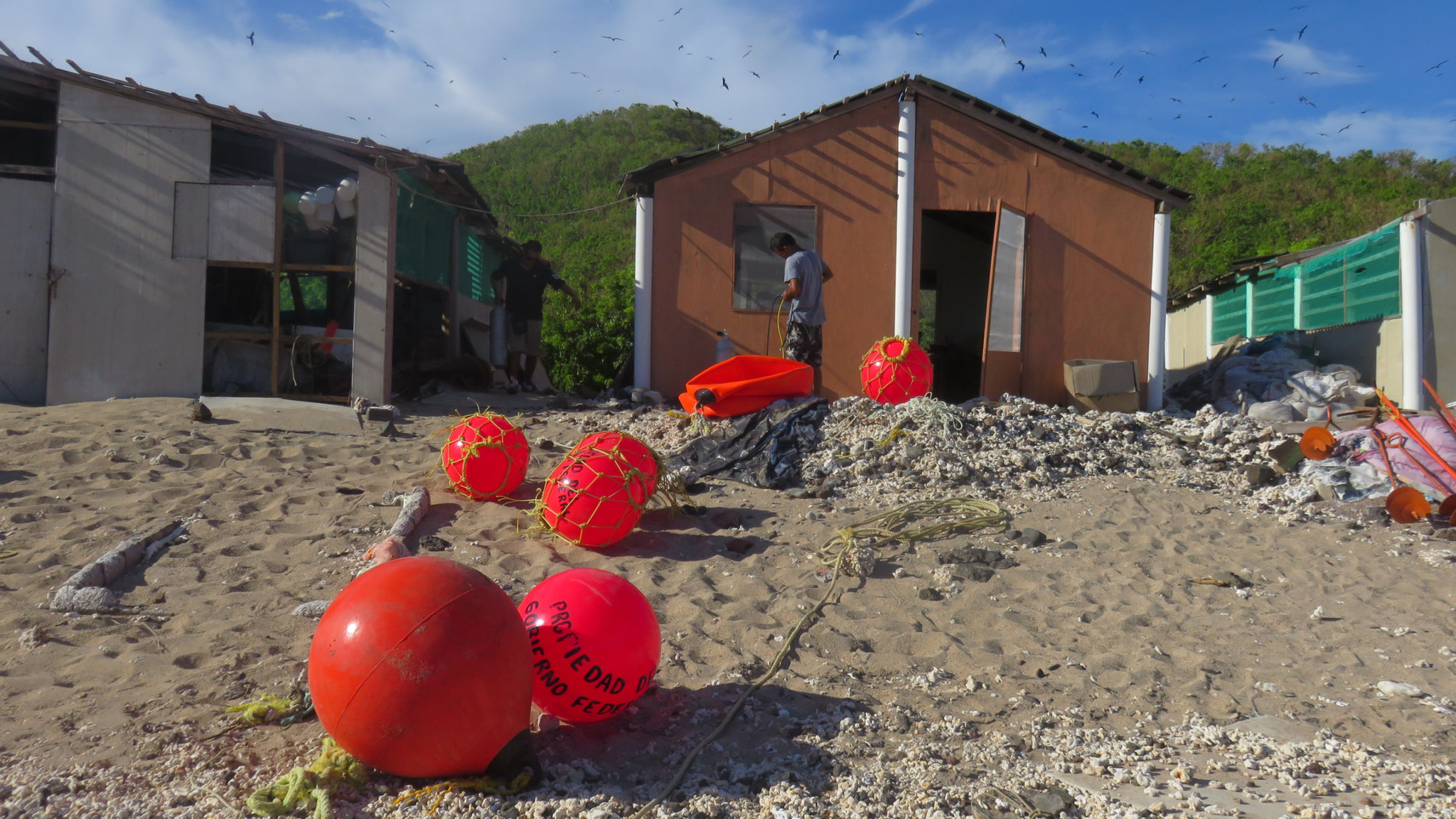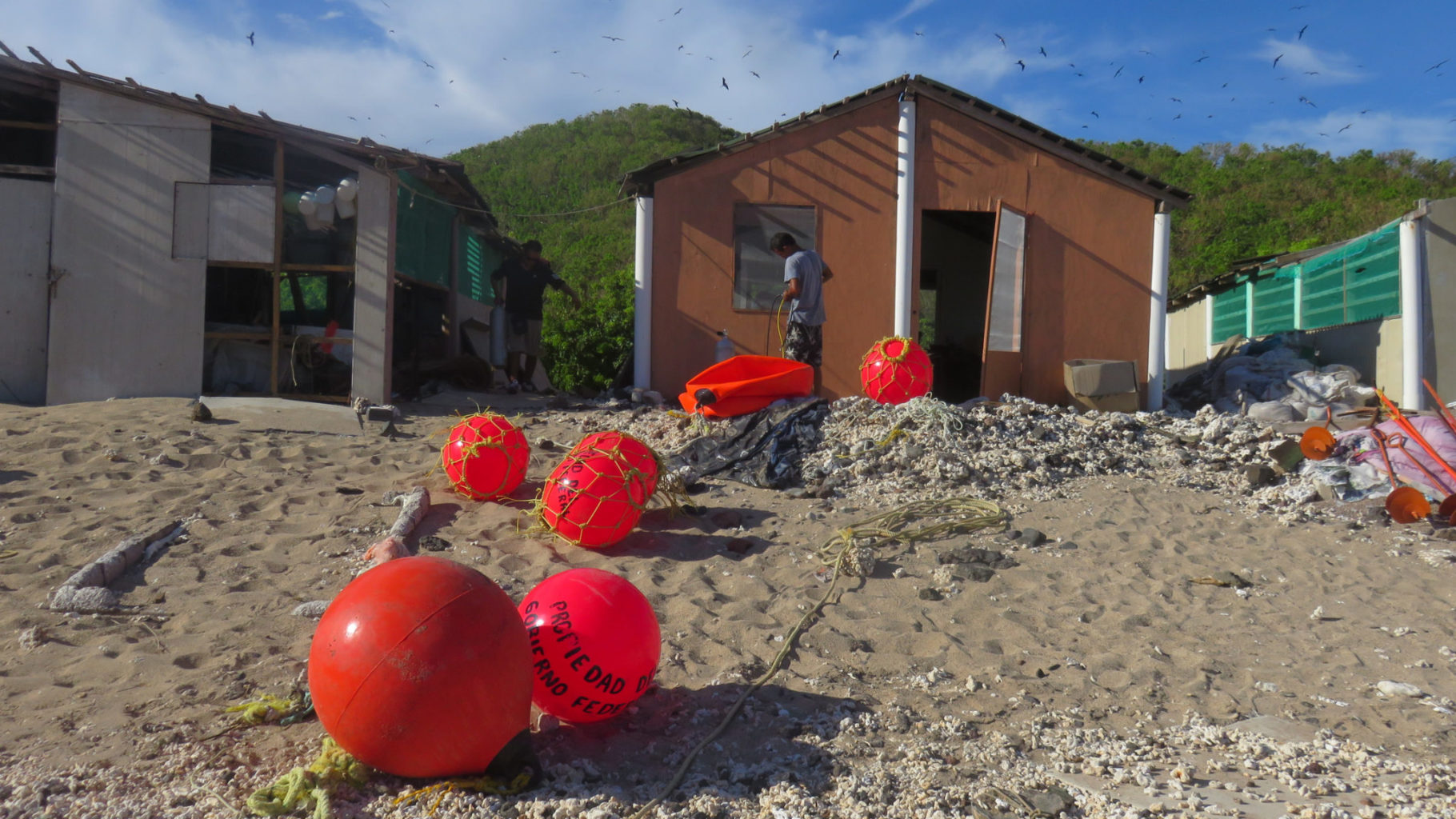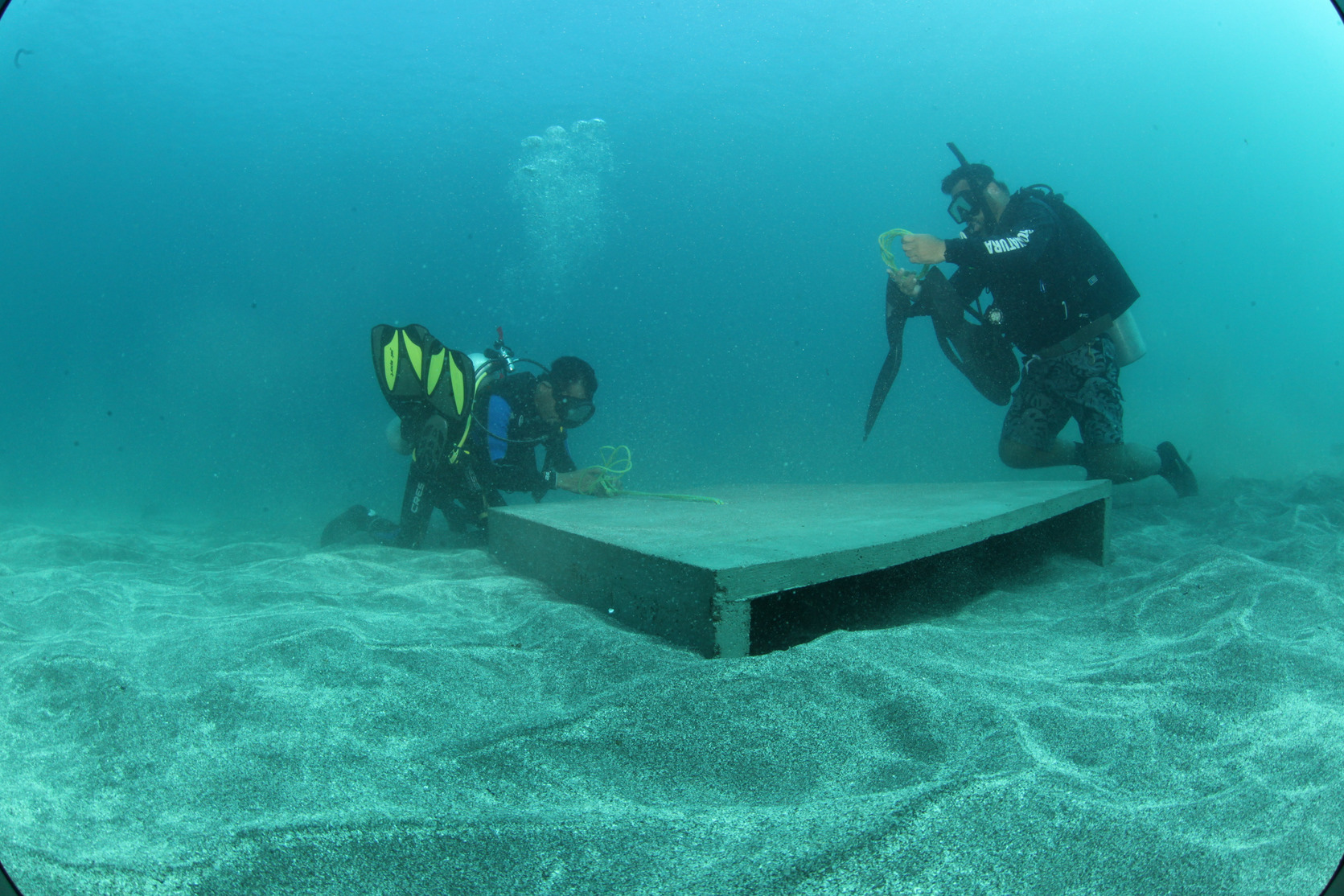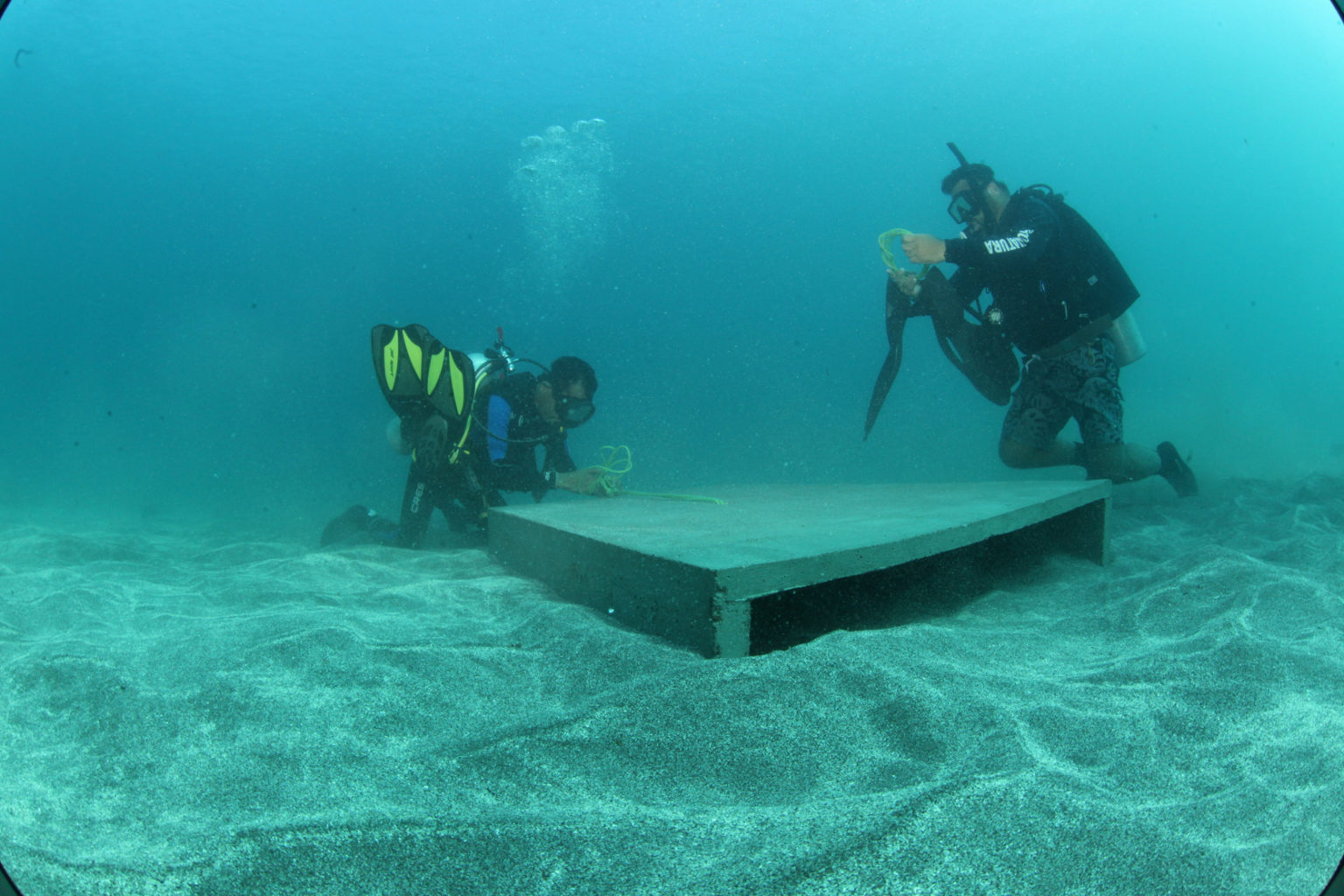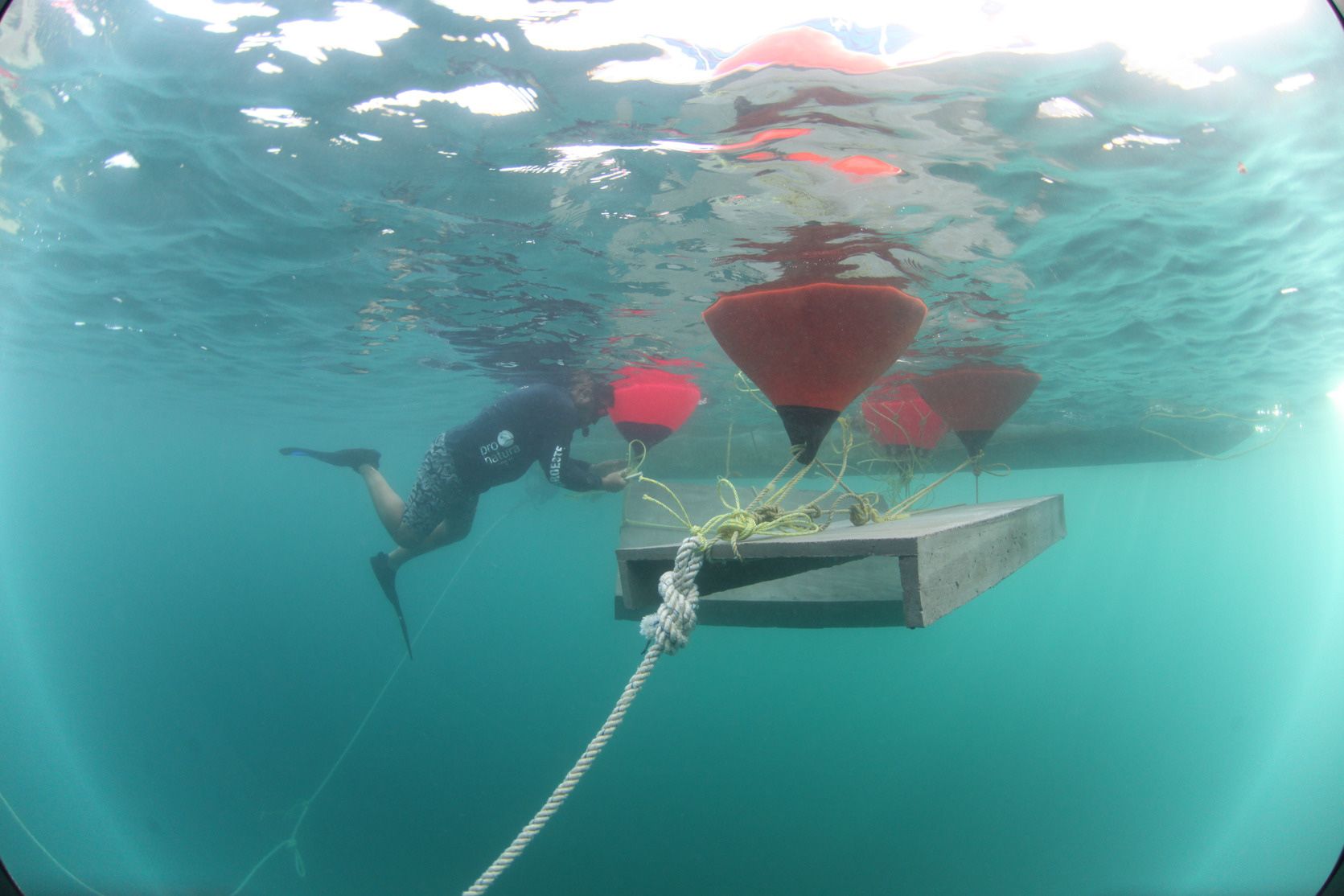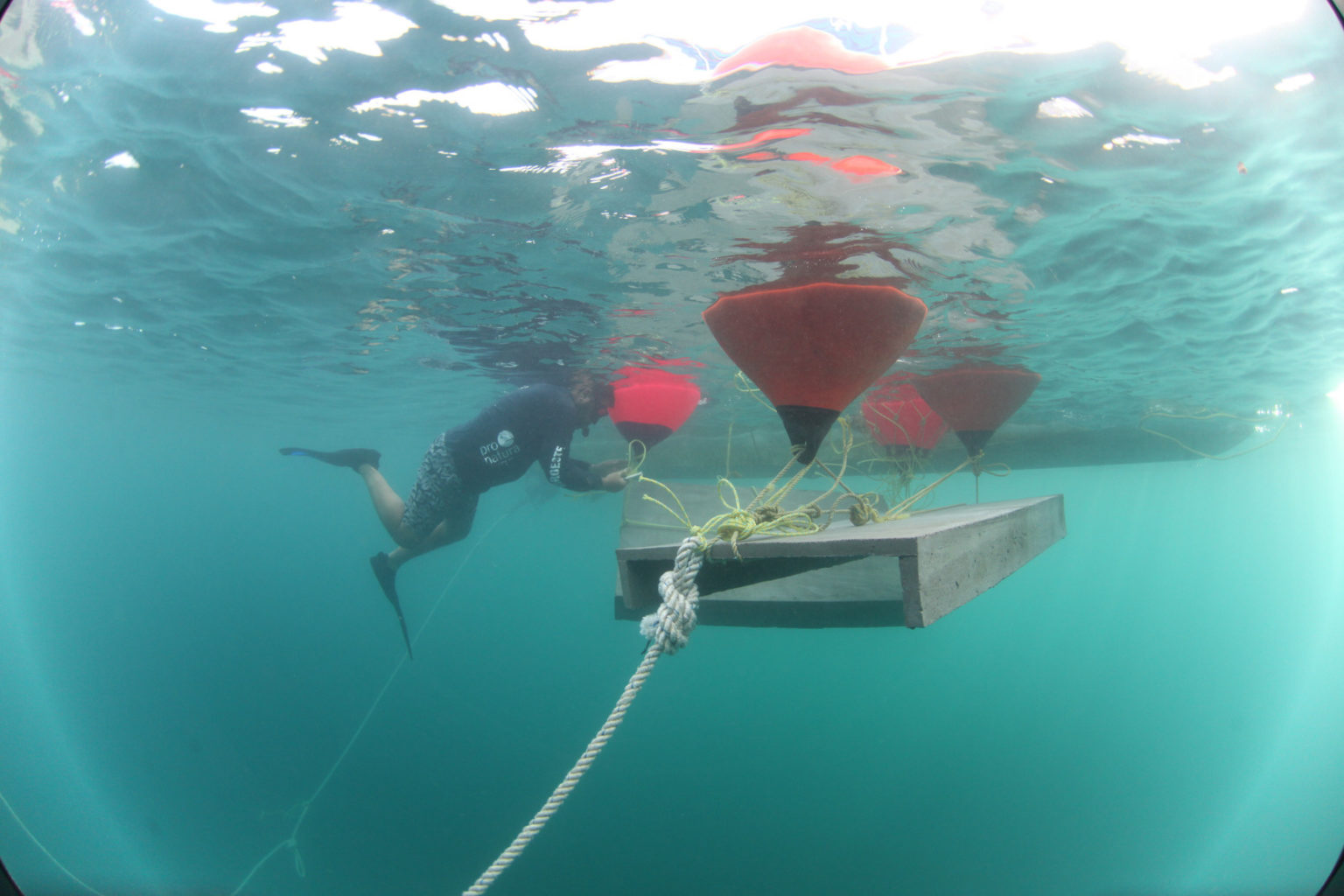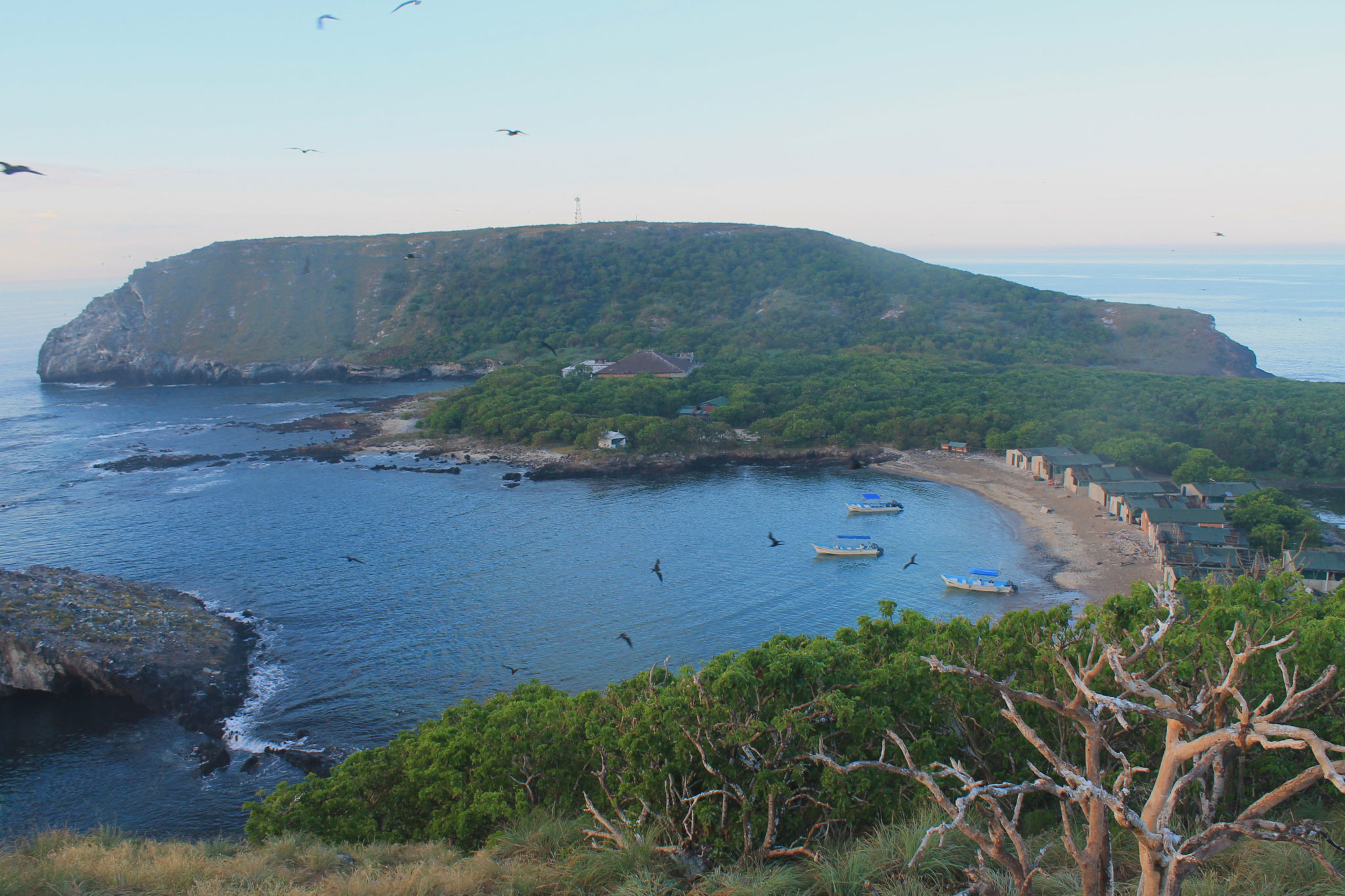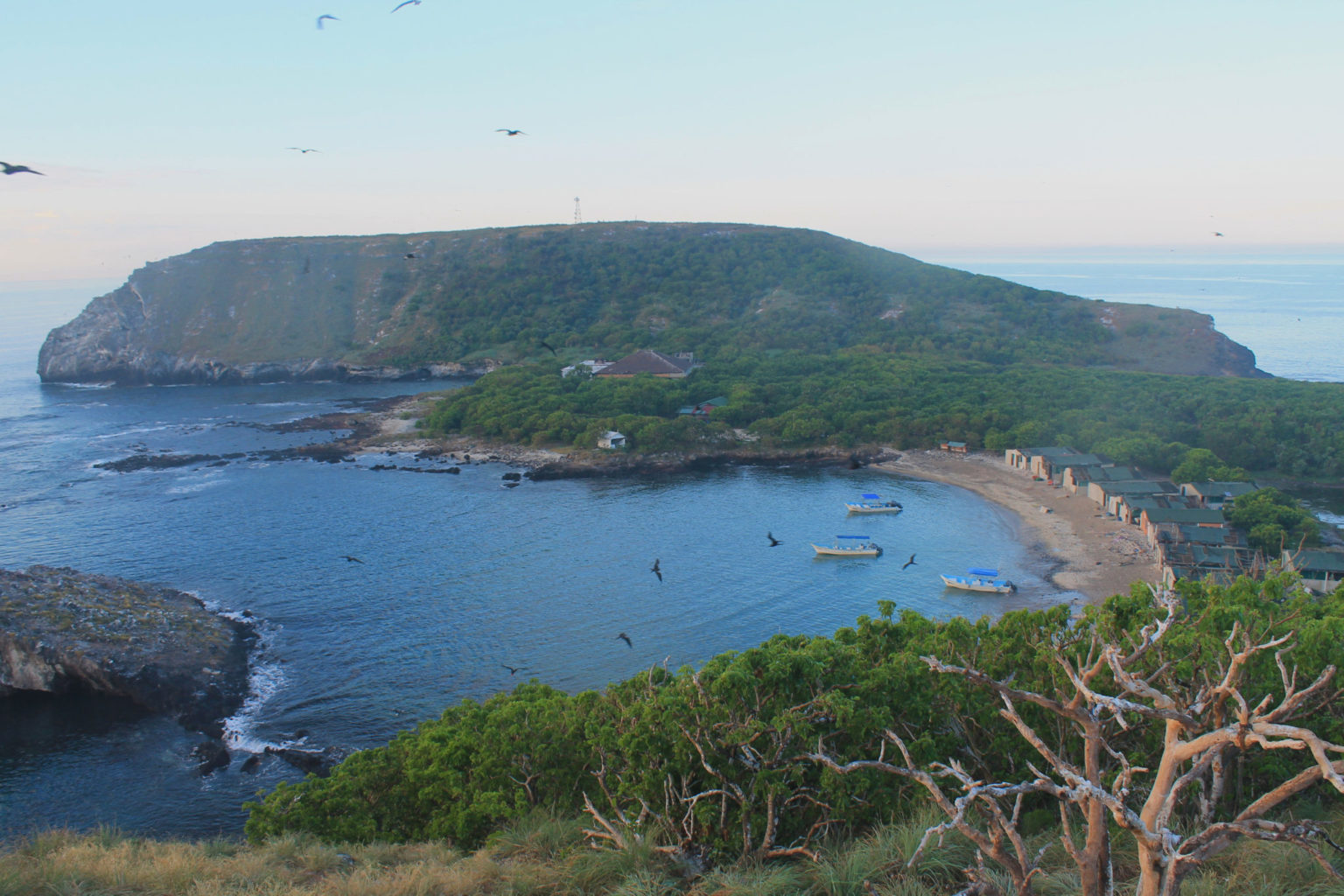Isabel Island, a small (213-acre) uninhabited island 15 miles off the west coast of Mexico, is known as “Mexico’s Galápagos.” True to its nickname, the island hosts dense colonies of seabirds, including magnificent frigate birds, blue-footed boobies, and red-billed tropicbirds. Whale sharks and humpback whales ply the waters. Three species of sea turtles, all in danger of extinction, frequent the area: olive ridley, green, and Pacific hawksbill. In 2005, UNESCO declared the island and parts of the Gulf of California a world heritage site.
The island is surrounded by coral reefs—a rarity in this region. Nearby, one of the largest mangrove forests on Mexico’s Pacific side serves as a fish nursery. As adults, the fish make their way to the reefs.
The island itself is protected as a part of Isabel Island National Park, but the waters around it are not. To conserve the marine environment, the eight fishermen’s cooperatives active in the area proposed a 528-acre no-fishing zone around the island. They will seek a federal declaration making it a national protected area, permanently off-limits to fishing. In the meantime, they are voluntarily stopping their fishing there. The fishermen will also monitor the area and report any problems to Mexico’s National Commission of Protected Natural Areas (CONANP).
In return, Seacology is making a grant for purchase and installation of 14 mooring buoys around the island. The buoys will give boats a way to tie up without damaging the seabed and reefs with their anchors. The cooperatives will also buy 14 small lobster shelters (casitas). The shelters will help sustain the fishery by letting more young lobsters grow big enough to be harvested.
Our nonprofit partner for this project is Pronatura Noroeste, the northwest regional representative of Mexico’s oldest and largest conservation group.


